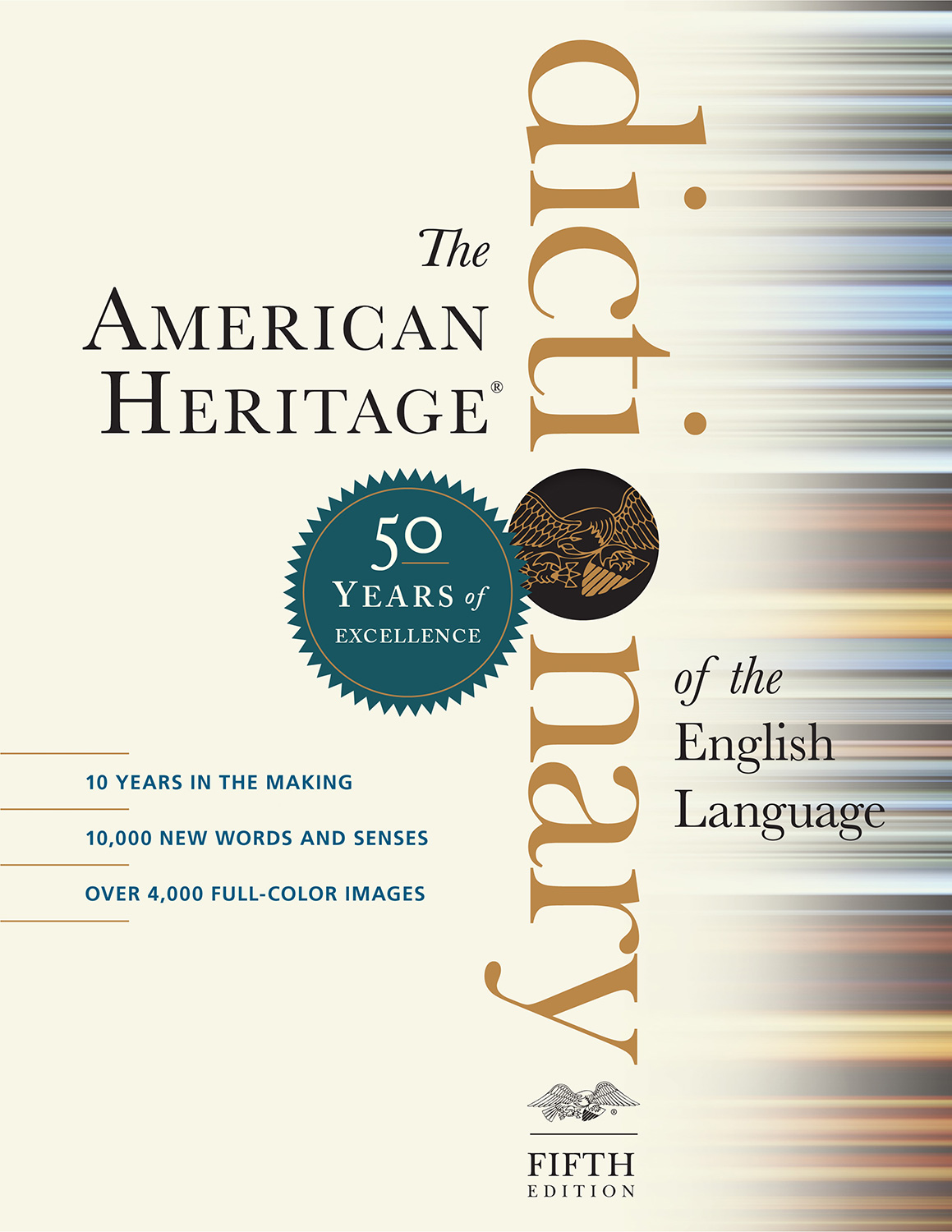The American Heritage® Dictionary of the English Language, Fifth Edition copyright ©2022 by HarperCollins Publishers. All rights reserved.
The American Heritage® Dictionary of the English Language, Fifth Edition copyright ©2022 by HarperCollins Publishers. All rights reserved.
n. A device in a loom that keeps the cloth stretched to the correct width during weaving. [Middle English tempille, from Old French temple, possibly from Latin templum, small piece of timber; see tem- in the Appendix of Indo-European roots.] |
The American Heritage® Dictionary of the English Language, Fifth Edition copyright ©2022 by HarperCollins Publishers. All rights reserved.







